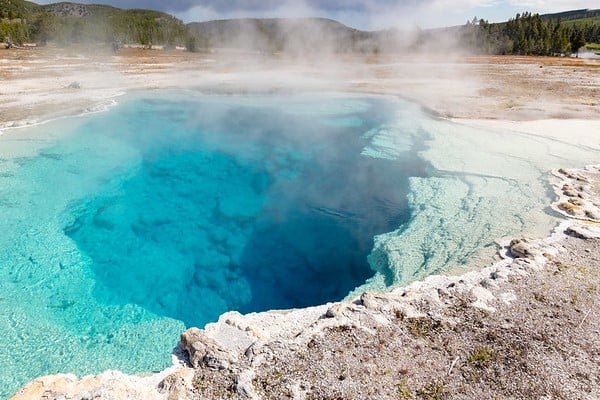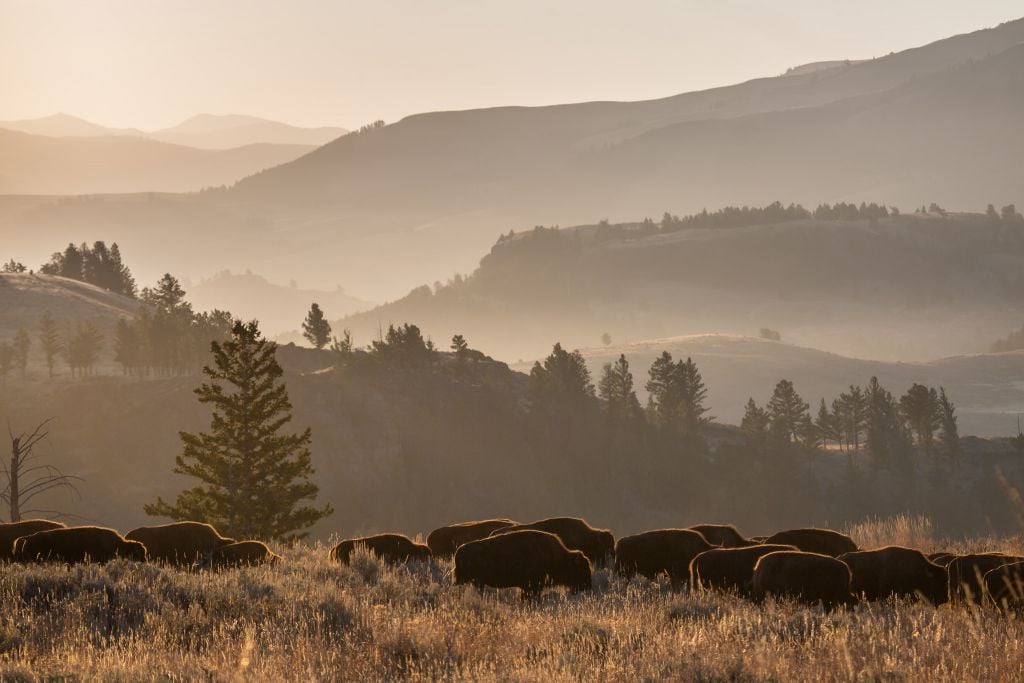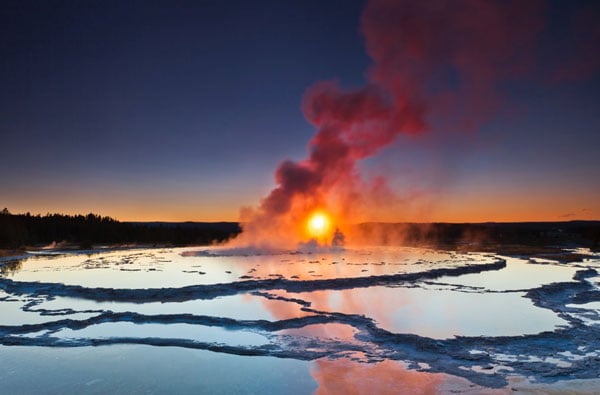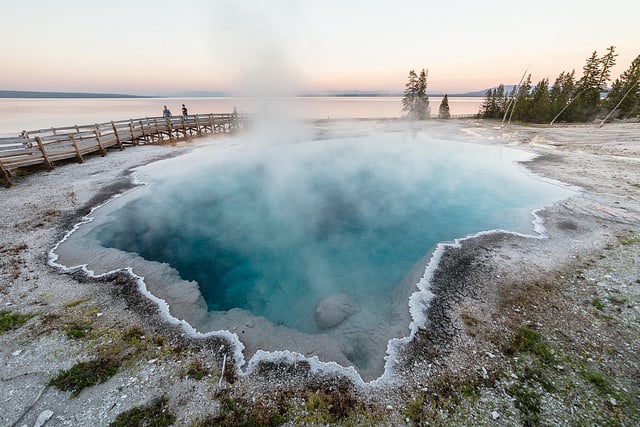Yellowstone’s Hidden Gems
Discover Yellowstone's HIDDEN GEMS!
Pssst. We’re here to share some secrets that are certain to enhance your next trip to Yellowstone National Park, especially if you have more time than the average visitor (2 days!).
Though the park gets 4.1 million visits annually, some estimates say a mere one in 10 visitors ventures more than a half-mile of its roadways. And with 2.2 million acres of wilderness, that means there’s plenty of room to get away from it all.
Even in peak summer, finding a place of your own is simply a matter of getting out of the car and taking the path less traveled. Granted, most visitors — especially first-timers — won’t want to miss Yellowstone’s most iconic sites. But after you’ve seen them, consider these under-the-radar alternatives for a more serene and solitary experience. Before you go, brush up on bear safety tips.
Old Faithful/Upper Geyser Basin Alternate: Black Sand and Biscuit Basins
Yes, Old Faithful gets all the fanfare. But just north of Old Faithful, you’ll find two delightful basins worth exploring. Both have convenient parking lots or can be reached on foot via the Upper Geyser Basin’s trail network.
First up is Black Sand Basin, located northwest of Old Faithful. This area is packed with fascinating hydrothermal features, including the lively Cliff Geyser, the brilliantly colored Rainbow Pool, and Sunset Lake.
A bit further north is Biscuit Basin, named for its biscuit-shaped geyserite formations, which can still be spotted around the stunning Sapphire Pool. As you stroll along the boardwalk, you’ll encounter delightful surprises like Jewel Geyser and discover the start of the Mystic Falls Trail at the far end of the loop.

Hayden Valley Alternate: Lamar Valley
As part of what’s been dubbed the Serengeti of North America, both valleys are nirvana for wildlife watchers. However, with its more remote and non-central location in the park’s northeastern corner, the Lamar Valley experiences considerably less human traffic compared to its counterpart, providing a more tranquil and intimate wildlife viewing experience.
The Lamar Valley is a haven for numerous large mammals, including bison, elk, and pronghorn. The valley’s vast, open landscapes create perfect conditions for spotting these magnificent creatures as they roam freely across the terrain. Additionally, Lamar Valley holds a special allure for dedicated wolf watchers. This area is Ground Zero for those eager to catch a glimpse of Yellowstone’s wolves, which were reintroduced into the park in 1995 after a long absence. The valley’s strategic importance and optimal habitat conditions make it one of the best places in the world to observe these elusive and fascinating predators in their natural environment.

Grand Canyon of Yellowstone Alternate: Little Firehole Canyon Drive
The Grand Canyon of Yellowstone may be well known as the most spectacular sight in Yellowstone so don’t miss that stop. But do also consider a trip to Little Firehole Canyon along Firehole Canyon Drive (just south of Madison Junction), which offers a quaint and cozy canyon experience as the famed Firehole River pushes through the obsidian rock, forming Firehole Falls before joining the Gibbon River. It’s especially majestic in the winter (Yellowstone’s “secret season”).
Before you get there, stop by the Madison Information Station and soak in the majesty of National Park Mountain, where the Washburn Expedition camped on their last night in 1870. The Madison Museum, built in 1930, is one of seven National Historic Landmarks in the park and sits on the west side of the parking lot. If you need fuel or supplies, a mercantile store can be found at the campground nearby.

Grand Prismatic Spring/Midway Geyser Basin Alternate: Fountain Lake Drive/Great Fountain Geyser
Grand Prismatic Spring is a top Yellowstone draw with its shimmering deep blue and orange hues. Foot traffic on its expansive boardwalk reflects that popularity, making it challenging to find a parking spot during peak summer season. For a more serene experience, take Firehole Lake Drive, a 3-mile side trip that will take you to the stunning Great Fountain Geyser, a noteworthy cone geyser (White Cone Geyser), and Fountain Lake.
We recommend packing a chair and waiting for a sunset eruption for maximum serenity. The Old Faithful Visitor Center occasionally has a prediction time for Great Fountain Geyser.

Yellowstone Lake’s North Shore Alternate: West Thumb Area
Plenty of shoreline (110 miles) surrounds the park’s largest body of water, which covers 136 square miles. And while Lake Village, the Fishing Bridge, and Bridge Bay Marina on Yellowstone Lake’s north shore are certainly worth visiting, the lake’s West Thumb area, named for its appendage-like shape, sports its own namesake geyser basin. A short trail leads to the shore, with views of Abyss Pool, Yellowstone’s deepest hydrothermal pool. Other features in the region include fumaroles, paint pots, springs, and, naturally, geysers.
Just south of West Thumb, you can cross the Continental Divide and hike through small mountain meadows and forests to Riddle Lake, a picturesque little lake reachable via a 5-mile round trip trek. After your hike, treat yourself to a quiet meal at the Grant Village Lake House, which offers stunning views of the lake.

For more travel experiences to Beautiful Places on Earth™ available from Xanterra Travel Collection® and its affiliated properties, visit xanterra.com/explore.
Want to experience Yellowstone in-depth? See what makes Yellowstone National Park a great place to work for a season or longer!
Read More Tips
- Read More Tips